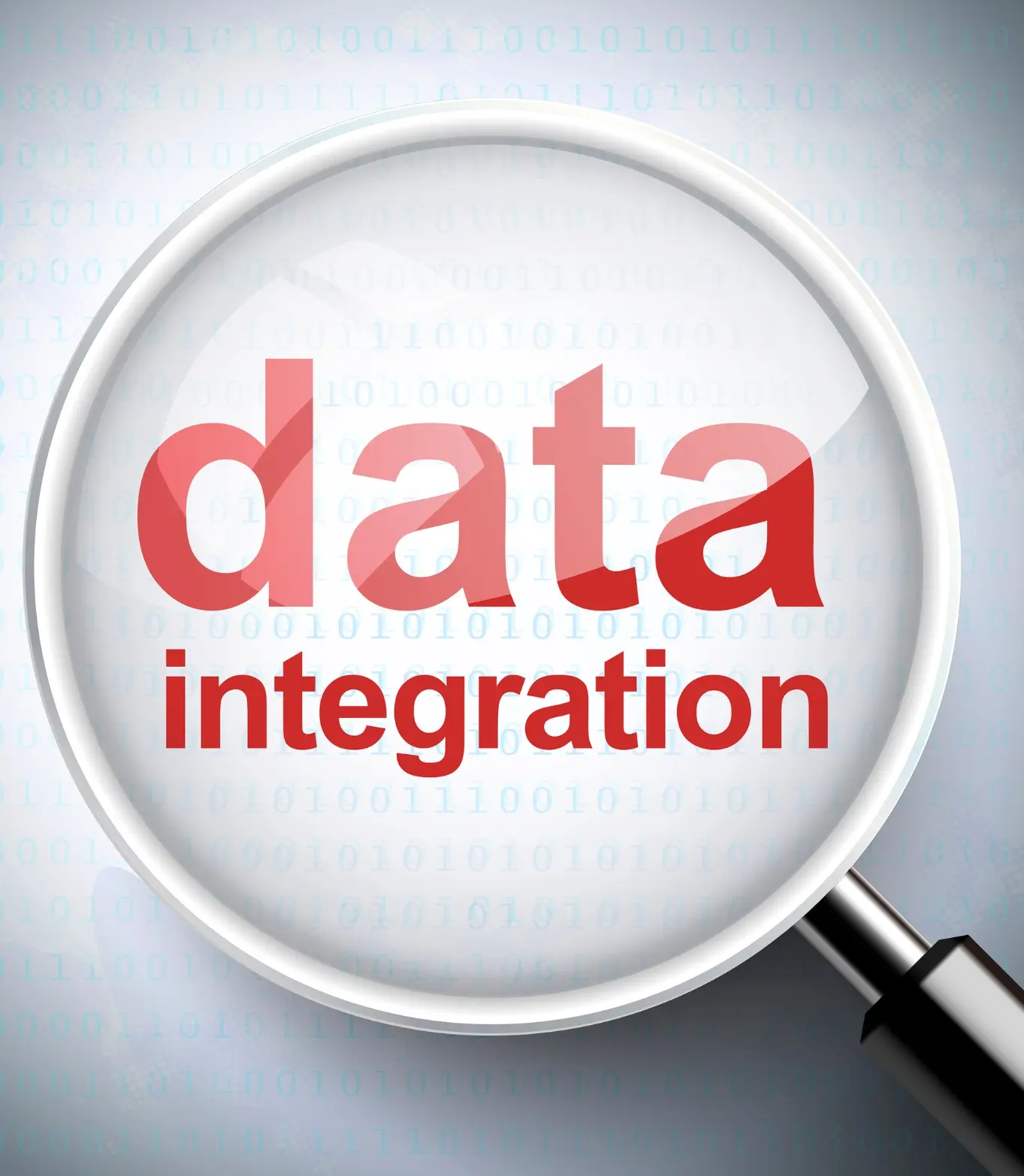Integration Services - Seamless Connection with Unified Growth
Enhance your brand performance with the smooth integration of our dedicated tools in your business application, ensuring enhanced efficiency.

Integration is a process of connecting one software application with another, which means the data of one application will be accessible easily from another tool via their application programming interface. It’s one of the trending features that software developers ensure must build into their developed system. Therefore, once a dedicated system like our ERP solution is integrated into your organization, it will seamlessly connect with other applications that your company currently uses.
This allows you to flawlessly perform multiple tasks in a single system without the need to switch to another for a specific work. For instance, you can link your CRM software with asset management, so updates in one system will automatically reflect in the other. With the unification of multiple systems, it enhances your business operations efficiency while saving time and manpower
Integration services ensure smooth data flow across various applications, technologies, and databases. This functionality is a must for businesses looking forward to scaling their branding with trending features. This system integration offers the feasibility of connecting info from one tool to another, eliminating the manual hassle.







There are so many challenges you might confront with poorly designed system integration software, including security standards, compatibility issues, data quality, data silos, lack of resources, connection to legacy systems, and so on.
Software integration, or SIS, is a process of connecting one application to a different application to manage all tasks in one single solution. This is typically done through their application programming interface, allowing them to access all information in one place without the need to switch to them.
It requires compatible software, hardware, and clear objectives with well-documented processes. Additionally, it needs skilled IT professionals, secure data exchange, and regular testing to ensure everything works together with ease. Strong communication between teams and a plan for troubleshooting issues are some of the requirements for successful integration.
Software integration is not an option anymore; it has become a necessity for businesses to scale with the trend. Thus, it improves business operation efficiency by making tasks more efficient, streamlining things, and automating business operations. This directly minimizes the manual hassle of spending time on it.
Its prime limitations are complicated interface and formats, data synchronization, data inconsistency, insufficient compatibility among various protocols and technologies, issues of performance efficiency, and more.